The National Fire Protection Association, or NFPA, maintains the federal requirements for emergency and standby power systems. Known as the NFPA 110, Standard for Emergency and Standby Power Systems, this document provides overarching guidance for buildings across the nation regarding power supplies. (However, state and municipal codes may have additional requirements that are specifically made to each zone.)
Below, the experts here at Action Services Group explain the difference between various backup power systems, as well as additional equipment that may help keep your business up and running.
Emergency Power Systems vs Standby Power Systems
Within the NFPA 110, requirements for emergency and standby power supplies are outlined. These requirements are as followed.
Emergency Power Systems
An emergency power system should automatically provide backup power to connected electronics in the event of normal power loss. Per the NFPA 110, a emergency power system is required to power these devices within 10 seconds of an actual outage. It should be noted that all life safety systems, such as egress and smoke evacuation lighting and signs, and fire alarms, must be connected to emergency power systems. In other words, everything that is related to protecting the lives of your occupants must be connected to an emergency power system. In addition to this, it is important to note that emergency power systems must be completely separated from your standard power supply. This means that separate conduit runs, panels, transfer stations and other necessary components must be used in conjunction with your emergency power system.
When considering an emergency power system, you may also find it helpful to consider updating your emergency lighting. You can read a bit more about this in, LED Emergency Lighting: It’s Time to Retrofit.
Standby Power Systems
Standby power systems fall into two separate categories, legally required and optional.
- Legally Required Standby Power System: As with emergency power systems and as implied by the name, these are required by law. However, a legally required standby power system has up to 60 seconds to automatically power connected devices should a normal power outage occur. While these systems are required by code, they do not have to be separated from your standard system. A legally required power system enhances lifesaving efforts, such as egress and firefighting operations. However, they do not power those devices considered “critical” to these efforts. Depending on the specific codes associated with your area, ventilation, heating, hospital equipment, and communication methods may legally require the use of a standby power supply.
- Optional Standby Power System: As the name implies, these standby power systems are entirely optional. Optional standby power supplies provide backup power to devices that the owner considers necessary to business operations in the event power is lost. As every business is different, what is considered essential may vary. (Typically, these systems are used to prevent data loss or financial impacts but can also be used to ensure human comfort is maintained should a normal power outage occur.) As with legally required standby power supplies, these can be tied into your standard circuitry. Unlike legally required and emergency power supply options, however, these do not have to be automatically engaged.
Backup Power Systems
While keeping everything powered at all times is ideal when it comes to productivity, it is not a financially responsible decision. Keeping all electronics connected to a power supply is not cost effective and all money generated through continued productivity will likely be poured back into energy consumption.
Emergency power systems are required by the NFPA 110, as stated previously. For all buildings, this includes lighting emergency egress pathways and stairs, maintaining power for sprinkler pumps, and keeping the fire alarm system operational. For hospitals, other equipment, such as respirators, must also be linked to an emergency power system. Radio systems for firehouses, police stations and 911-operators are also connected to emergency power systems to ensure emergency services can respond in any situation.
Optional standby power system are a very popular choice. Freezers and refrigerators are typically tied to backup power; however, some organizations also opt for linking lighting to these systems as well. (Because fuel may be limited, it is important to realistically cut down on convenience usage and ration your energy consumption during an outage, especially if it is unlikely power will be restored shortly.)
Backup Generators
Backup power is provided through the use of a generator. These generators are basically engines that run off fuel to create enough electricity to power your devices. While turbine engine-style generators exist, most prefer the use of a reciprocating generator as they are quicker to start up and are more energy efficient.
A whole building generator used for a commercial building is larger than one for residential use. This means that they tend to hold more fuel to power a more significant number of devices. Generator testing, as well as maintenance, are critical to ensuring proper power is provided when needed. This is true for both commercial and residential generators.
Depending on the make and model of your generator, there are several different fuels that may be used. This includes diesel, gasoline, liquid petroleum, and natural gas. (Diesel is the most common fuel, however, due to it’s availability, cost and the fact that it is safer to store than other options.) Because fuel is typically stored on site in a series of different tanks, it is important to have enough space. Day-tanks, which are your primary fuel cannister, are typically situation nearest to the whole building generator to ensure immediate power is provided at a constant rate. For large structures, a bulk-storage tank is also used. These pump additional fuel into the day-tank to ensure continuous power is available. Fuel that is being stored should be used or mixed regularly to prevent settling and degradation.
When considering a whole building backup generator, you should also take into account the electrical maintenance needed to keep your generator running. Action Services Group helps businesses reduce costs with out electrical maintenance services. You can find out more Here!
Uninterruptible Power Supply (UPS)
When it comes to an emergency, every second counts. In some situations, 10 seconds is still too long. To ensure immediate power is restored while waiting for the backup power systems to ramp up, experts recommend the use of an uninterruptible power supply. Known as a UPS, these power supplies act as the intermediary between a power outage and backup supply systems. Often connected to computer systems that store vital data or financial information and other critical systems, these devices can prevent devastating losses.
The two most common types of UPS options are battery or fly wheel.
- Battery Storage: Battery UPS are the most common type of uninterruptible power supplies when it comes to smaller loads. Battery style uninterruptible power supply options operate off the use of one or more rechargeable batteries. This style of UPS device requires diligent, routine maintenance. Because their lifespan is shorter due to the life of their batteries, it is important to ensure these batteries always remain at full charge.
- Fly Wheel Storage: Also known as rotary UPS systems, fly wheel devices utilize electricity that is generated through a built-in rotating device. Typically used for buildings that have a heavier load, fly wheel UPS are ideal for areas where a larger number of devices require immediate, constant power. While maintenance is still necessary, these systems tend to last much longer than their battery counterparts. In fact, some may last up to 30 years. Maintenance is more intense and may require longer downtimes.
An uninterruptible power supply does more than just provide immediate backup power while waiting for a whole building generator to ramp up. UPS systems essentially clean power, which is great for protecting systems that may be more sensitive than others. Therefore, the devices connected to a UPS system are protected from surges, drops, distortion, and noise. This means a separate power conditioner is not necessary for those devices that connect to a UPS system.
Understanding Redundancy
Redundancy is vital when designing a backup power system that will meet with both your regulatory and optional needs. This is especially true for emergency power systems. Rather than relying on one whole building generator or UPS system, redundancy can help you determine how many power supplies your load should be spread between. The two most common philosophies for this are N + 1 and 1 + 1 redundancies.
N + 1 Redundancy
In an N + 1 redundancy philosophy, the number of required components is first determined (N). Then an additional unit (+ 1) is added to ensure the failure of at least one backup power supply is factored into the coverage design. (For example, your building may require only three backup power supplies. Using the N + 1 redundancy formula, a fourth supply would be added just in case one of the primary generators failed.) Under this philosophy, the additional generator would not run during an outage. It would only start up if an issue with one of the primary generators comes up. Because of this, there may be a brief interruption to the backup power supply while the fourth generator ramped up.
1 + 1 Redundancy
A 1 + 1 philosophy consists of two power sources, each separate from the other. Each can provide the full required power for critical devices. In a 1 + 1 scenario, both generators remain active and ready to use. While one of these generators will be a primary, the other will already be ramped up should this first power supply fail. This ensures consistent delivery of power to critical devices. However, a 1 + 1 system is less efficient than an N + 1 because it keeps both generators operational at all times.
Generator Safety is Important
When designing a backup power system, a transfer switch is necessary. This switch allows either the standard utility power or the backup power through; it prevents simultaneous power from both sources. When the generator kicks on, the transfer switch disconnects devices from utility-provided power instantly. This is important because simultaneous use can create what some call “back-feed”. Back-feed is extremely dangerous to technicians working to restore power and can lead to injury or death. Back-feed may also damage the generator or other electrical devices once the power is running again to the building due to a power overload.
It is important you work with an experienced electrician or electrical services provider. Improper configuration can lead to injury or death, as well as damages to your generator or electric devices.
Understanding your electrical service provider options can greatly decrease your maintenance costs. Our Electrical Education Center offers an in-depth look at electrical services, safety, and more.
Stay Up and Running with Action Services Group
If you are considering installing or upgrading your backup power system, Action Services Group can help. From helping you design the best system to fit your needs, as well as meet with any regulations, our experts work with you. To learn more about backup power systems, contact Action Services Group today by calling 610-558-9773 email [email protected] or schedule a call.

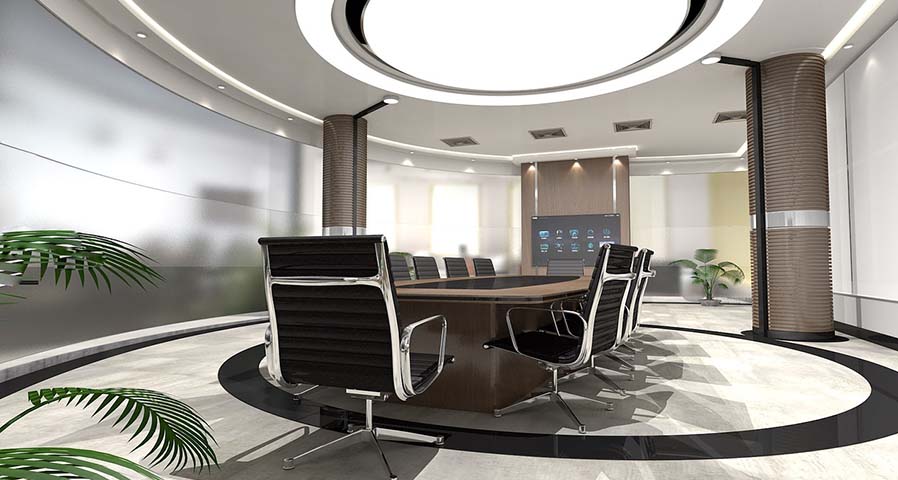

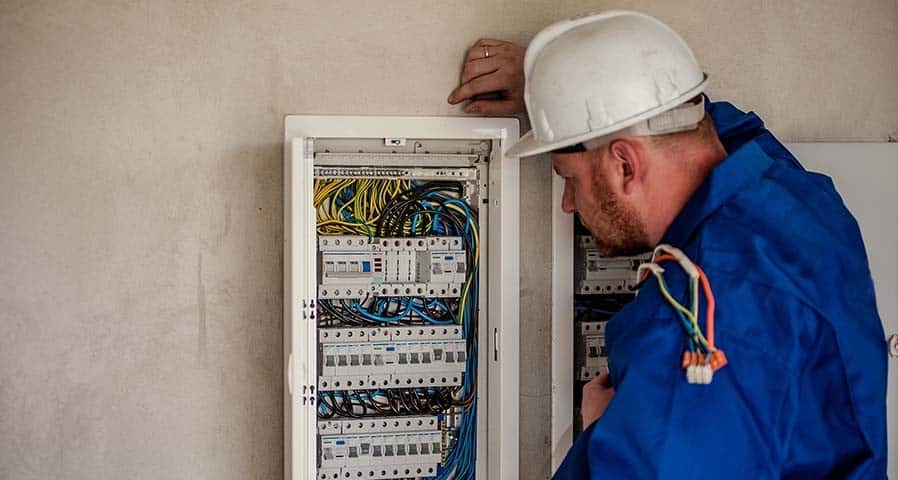
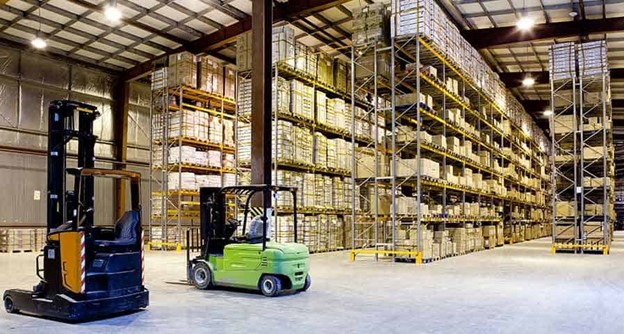
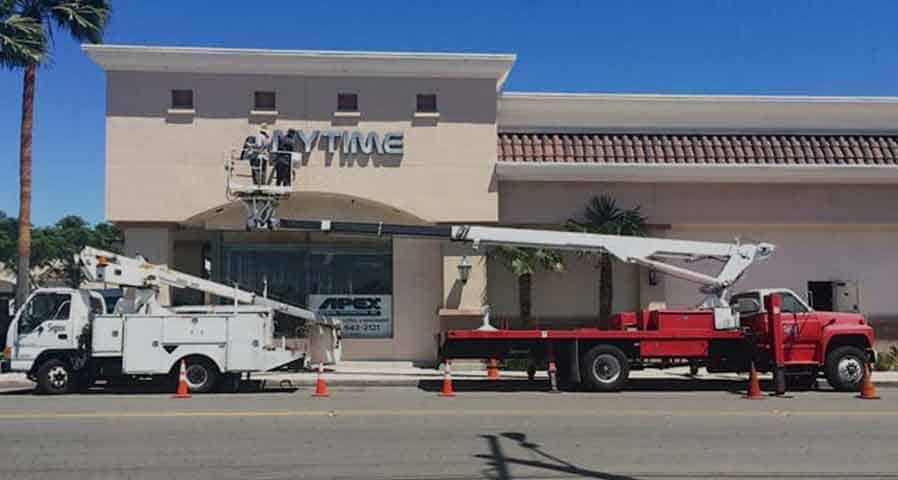

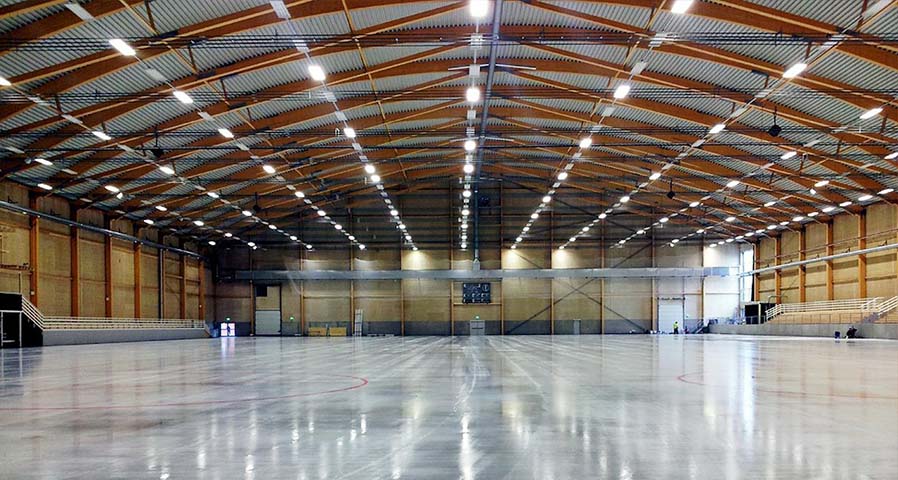








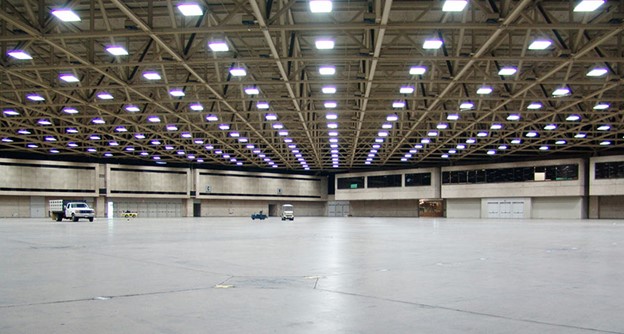


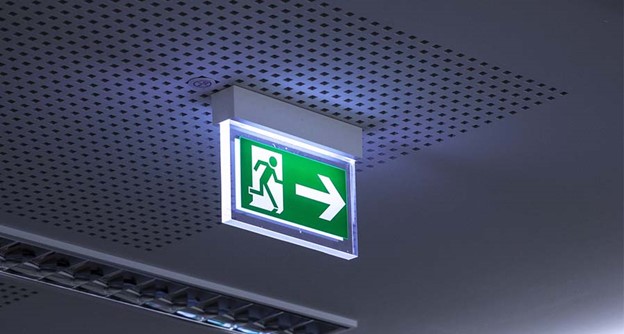
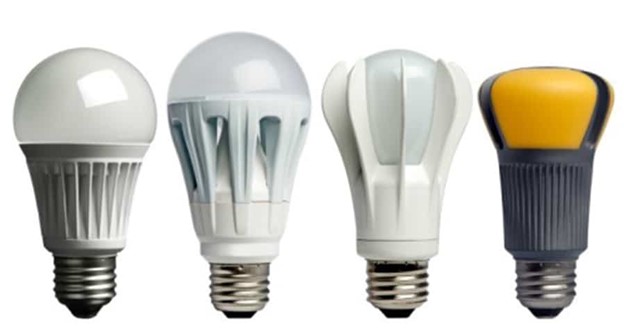
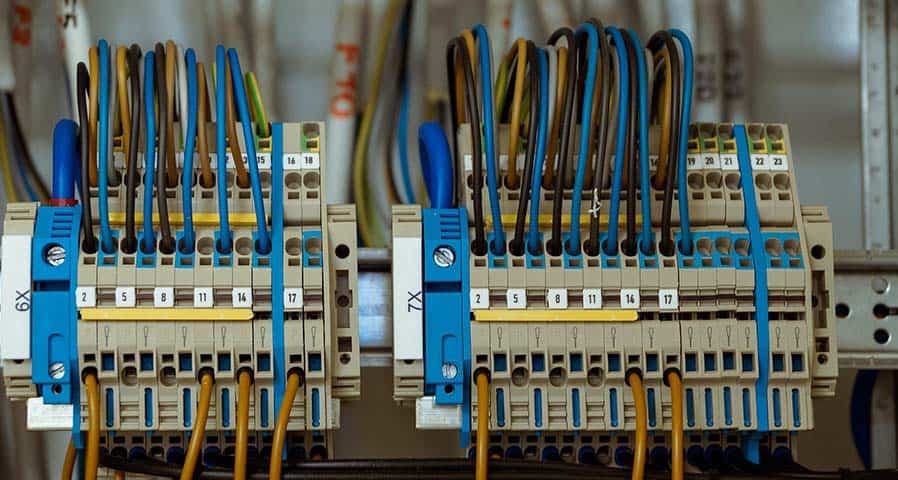



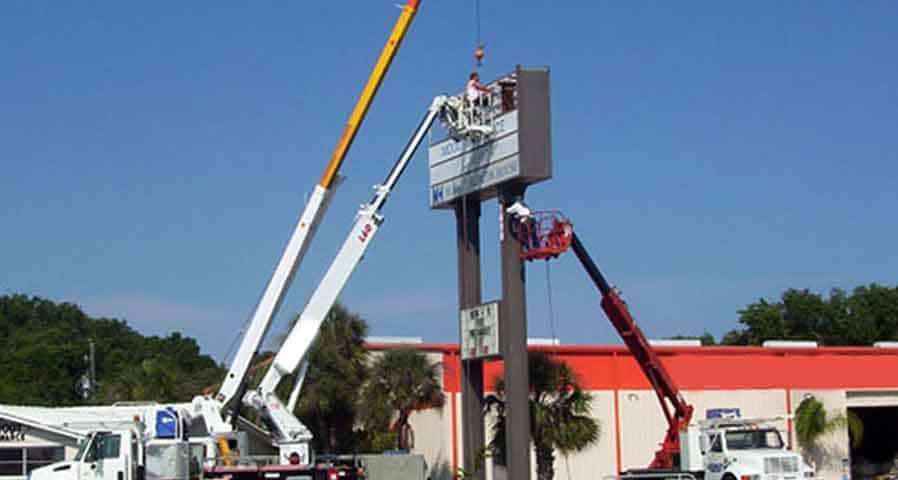

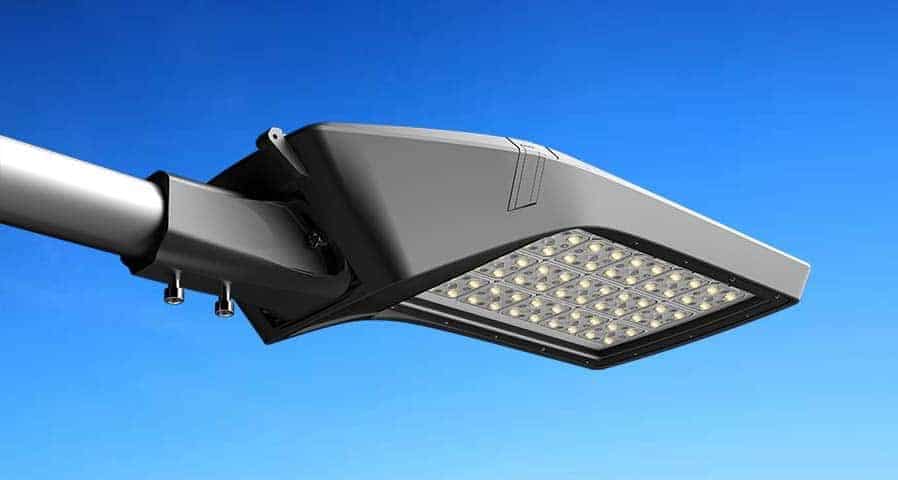
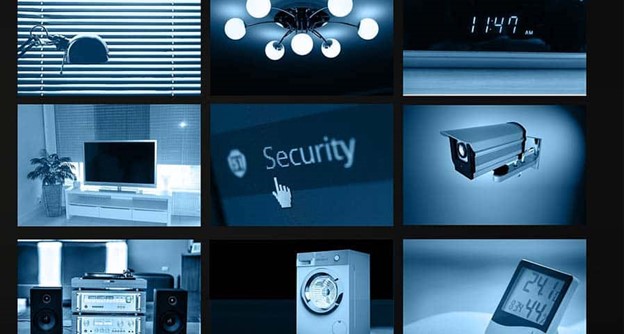

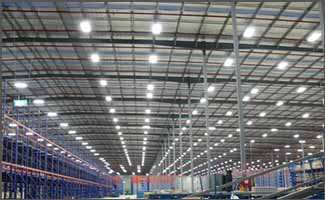










0 Comments